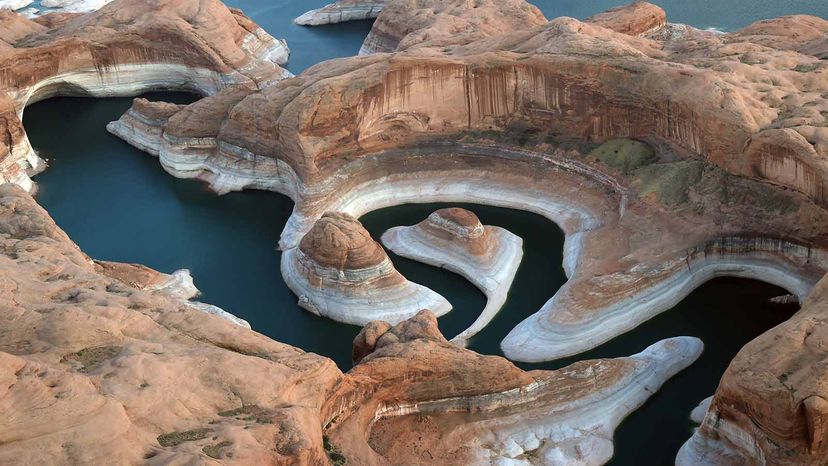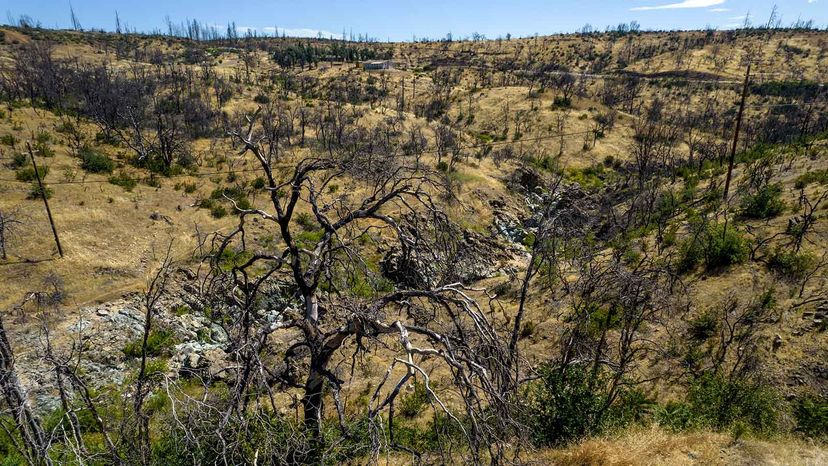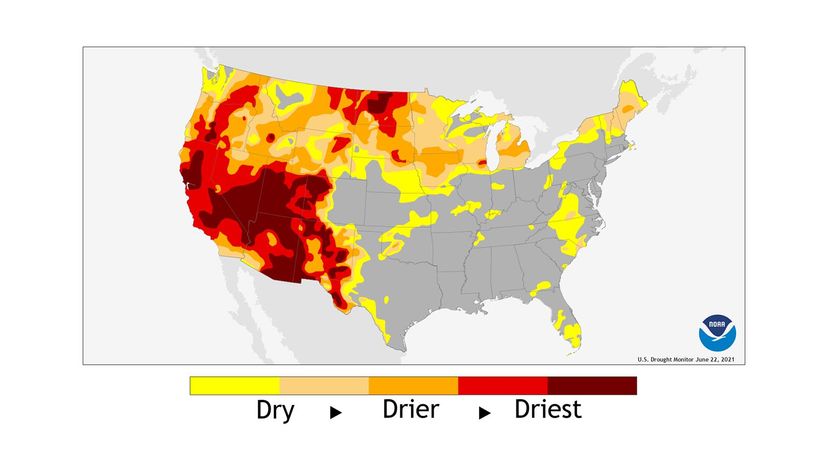Despite our best efforts, human beings can't control the weather (yet). But is there anything we can do to help mitigate the effects of drought?
Yes, there is. First, don't waste water.
Water conservation is crucial to easing drought stress. If you live in a drought-prone area, simple things like turning off the water when you brush your teeth, taking a shower instead of a bath, or watering your plants at night to reduce evaporation all help save precious H2O.
Another one of the best ways to save water is to save electricity — it takes 15 of gallons (56 liters) of water in the form of coolant or steam to generate a single kilowatt-hour of power.
Second, pay attention to fire safety. "If there's a campfire ban in national forests, don't light a campfire. And if you're not allowed to shoot off fireworks for the Fourth of July, don't," says Riganti. Stick to cake rather than smoke bombs for your gender reveal party.
Third, switch up your landscaping. Planting drought-tolerant species, like aloe, lavender, artemisia or cacti, can greatly reduce your lawn's water needs. Having a less thirsty lawn means you'll have fewer thirsty people, and it can look beautiful as well. Another trick? "Mulching and composting," says McAfee. These techniques help keep soil wetter for longer, and can even produce a cooling effect on the surrounding environment.
Finally, if you live outside of a drought zone, consider buying less water-intensive foods. That could mean skipping out on almond milk, buying watermelon instead of apples, or opting for chicken instead of burgers at your next summer cookout.
None of these actions will fix the drought, but taken together they can reduce the risk that it poses to many people. "It's kind of like earthquakes," says Saffell, "We can't forecast an earthquake, but we can keep people safe from the impacts of that earth-shaking event."




